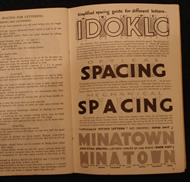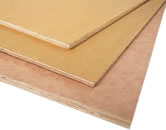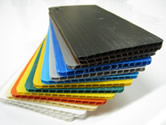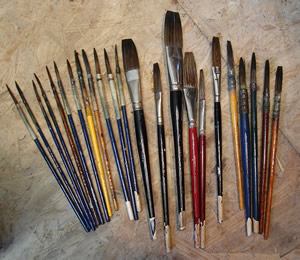
Sign painting is freehand lettering of words and symbols with a brush and paint. It is control of the brush creating the letters. It is art & skill & dexterity… it is also design & layout, knowledge of a variety of fonts, making patterns, prepping boards, mixing paint, using shadows, outlines, highlights, borders, as well as centering, balance and correct spacing. Signs often announce a place’s identity or a person’s ownership… sometimes they are promotional, sometimes they are instructions such as directions or warnings. Everyone uses signs; there is a rich heritage for the traditional craft of sign painting. The use of signs has been around since ancient times, which is a very long history in the realm of artisan crafts… but this trade skill, like many others, has all but disappeared in the last 30 years due to modern technology.
In the Not-Too-Distant Past
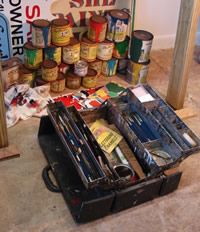
Historically, apprenticeships were the means of learning how to paint signs. Mastering the dexterity of painting with lettering brushes is the core skill of the learning process, but there are other associated skills and techniques required. Sign painting is rarely offered in schools any more, and it is difficult to get training due to lack of demand. Instructional books are available. The old fashioned sign painters are hard to find and even if you find someone with the skills, many refuse to pick up a brush anymore. But there are some sign painters that are still passionate about the work and will offer to share knowledge and skill to those interested. The internet is a good place to search for working sign painters and enthusiasts.
Until the 1980’s, all outdoor visual communication was done by a person who painted it by hand. Hand painting was once the only way to put advertisement on buildings, walls, windows, and vehicles. For the one of a kind sign jobs, storefront signs, truck lettering, and show-card signs, the company of choice was called a “commercial sign shop.” Commercial shops specialized in all types of individual jobs as opposed to mass production runs. Silk screening was the main form of mass production before computer-generated signs.
Sign painters are now a dying breed and their talent pool diminishes every day. The skill has been displaced by the advent of computer technology. It is getting harder and harder to find people that know how to paint signs. There was a time not long ago, when the talents and skills of a hand-letterer were considered as important and honorable as those of any trade skill. The services of a good sign painter were always in demand. Sadly, their former glory will never be revived since vinyl decimated the community… computer-generated signs are both a blessing and a curse…
Things are Looking Up
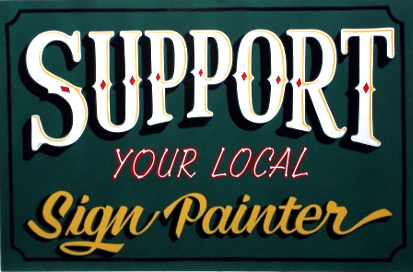
There seems to be a revival of the craft and more people are taking an interest in traditional hand painted signs. Presently there seems to be two niche markets for hand-painted signs…
The custom ordered, unique, one of a kind signs are still desirable in some wealthy communities where high quality hand crafted items are still appreciated. They are also still desirable for authenticity purposes, such as historic house markers.
At the other end of the spectrum, hand lettered signs show up in poor neighborhoods where they are an economic necessity, or as artistic graffiti expression of ethnic pride.
Many people still enjoy things that are hand crafted and authentic, and that’s exactly what sign painting is. The word just has to spread that sign painting is still alive and people are still doing it.
Between the two economic extremes, new sign companies prefer vinyl plotters since they offer a faster turn around and require less talent and skill to process sign orders… So, “sign technicians” with squeegees churn out boring uniform stick-on vinyl lettered signs for the mass market and the general public is oblivious to the differences. Vinyl has its advantages. There are even vinyl fonts that are designed to fake resemblance to hand painted lettering… but it can never look the same.
Sign Painting is an Art Form
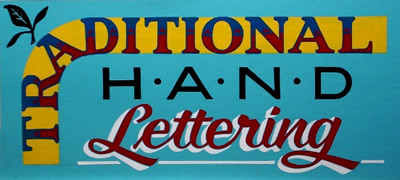
A side note in praise of hand painted signs is that there’s a new growing market and appreciation for antique hand lettered signs. Collectors appreciate the skill required, as well as the craftsmanship and artistry represented by the artisan sign industry that was before the computer age. Honoring the talent of generations past and the reviving interest for vintage hand painted signs will hopefully encourage interest in more new signs that are painted by hand. Beautiful vintage signs can bring high prices. The naturally aged, colorful, antique signs with their eclectic designs will live on as collectible artwork and decoration. The nostalgia factor can’t be ignored either with old signs; people love to collect advertisements and brand names that remind them of the past. There are always the bad guys though, and dishonest people trying to cash in… fake vintage signs are plentiful but the distressed reproductions altered with smoke, acids and chemicals can be easily identified by careful observers.
Sign painting can survive as ‘typography based art’ too. Recently a California art gallery showcased current sign painting work being done in San Francisco.
There is an excellent film documentary, “Sign Painters,” which was released in 2013. The movie helps prompt new interest in hand lettered signs.
No one can deny the character of a well executed hand painted sign. Evidence of being created by the human hand is clearly visible and it is desirable… Some signs just look better hand painted. Hopefully the skill will not be completely lost.

